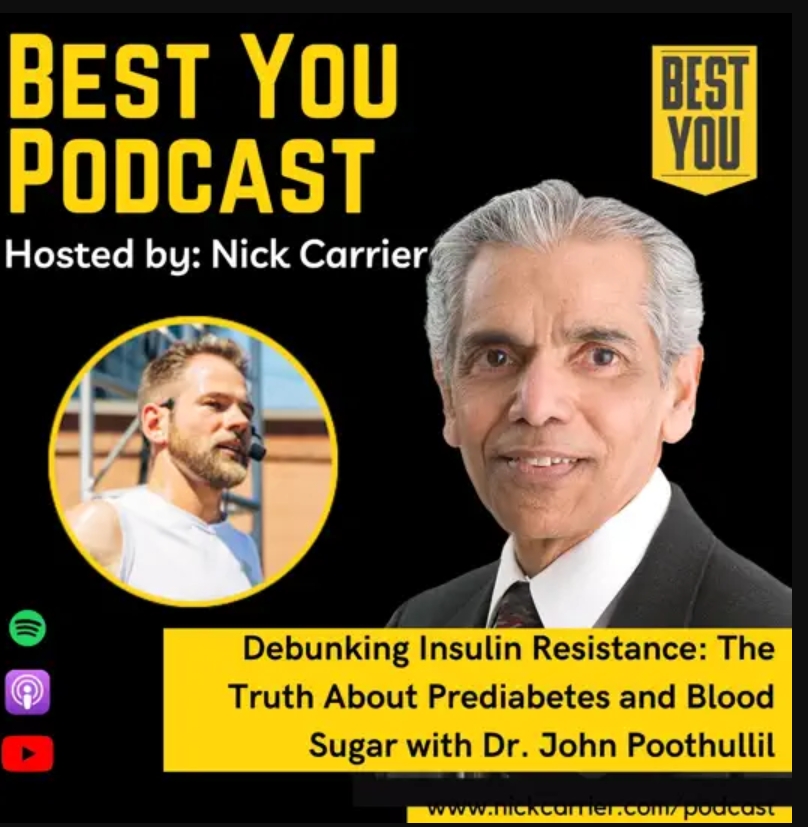 Feeling hungry can be more intense than any other human feeling or desire. It drives us to form behavior patterns that often lead to eating foods that make us feel happy and by overeating until we are uncomfortably full.
Feeling hungry can be more intense than any other human feeling or desire. It drives us to form behavior patterns that often lead to eating foods that make us feel happy and by overeating until we are uncomfortably full.
Many people are concerned that they may not have the energy necessary for their daily tasks if they don’t eat to fullness during a meal. The first thing to remember is that each pound of fat stored in your body represents 3500 calories, far more than you would ordinarily spend in a day. In other words, for the average level of physical activity our body’s energy needs are fulfilled with much less food than most of us consume.
By following a plan to eat smaller quantities of better quality foods and by following this eight step plan we can start to break unhealthy eating habits and live a more energetic and rewarding life.
Step 1: Change your focus
Stop focusing on fixing your body image, and instead focus on discovering your ‘authentic weight.’
Many people’s thoughts and motivations in regards to food and eating are externally focused usually driven by fixation on the ideal body image or by thinking ‘I have to eat this because it is good for me’ or ‘I can’t eat that because it will cause me to become fat’. We use different types of external motivations to try to force ourselves to practice better eating habits.
A better way to approach this is to change to an ‘internal’ focus by aiming to discover our ‘authentic weight’. This is the weight at which we feel the most physically comfortable. Fluid and alive — rather than sluggish, overly full, or low-energy. Tune in to your body and think about what being at your ‘authentic weight’ would feel like, and how much it would help to give you the energy to pursue the things that you want to in life.
Try thinking to yourself that you are taking better care of your body because it will help you to feel better and have more energy.
Step 2: Distinguish real hunger signals from other reasons you eat
The factors that fuel our desire to eat even when we are not hungry are likely quite complex and intermixed with many elements of our psychological makeup, cultural background, and family dynamics. But these are all factors that you must gain control of if you find yourself eating when not hungry, or gaining weight. If you are not eating in response to a true hunger signal, the brain, often cannot help you regulate the quantity consumed at that time.
- How many times have you consumed food as part of a celebration, even when not hungry?
- How often do you nibble something because you are bored and have nothing to do?
- Do you use eating to relieve stress and anxiety? Do you go get some food to avoid work?
- Do you stop for a snack so as not to go home for some reason?
Eat two or three modest meals per day or if you prefer, multiple smaller meals. Try to become aware when you are eating because you are actually hungry and when it is for other reasons or simply out of habit.
Step 3: Start with a mix of greens.
Start by exchanging salad greens or other vegetables in place of bread. Many restaurants and sandwich shops offer sandwich ingredients over a bed of romaine lettuce instead of bread or rolls. Try going sandwich-free for just a week and you will start to see yourself shedding pounds, and feeling healthier and more energetic. Add tomatoes, cucumbers, avocados, carrots, radishes, turnips, tender beetroots, bell peppers, both green and bulb onions, and other desirable items.
Change the combination from one meal to the next. For variety try grilled vegetables instead of lettuce. As much as possible, use farm fresh, seasonal vegetables. Try to appreciate the color, texture, and taste of each vegetable as you eat.
Step 4: Chew your food more slowly and pay attention to taste.
As you chew, you are warming and mixing the nutrients, releasing their molecules so they can attach to the taste buds and be carried to the smell receptors in the nose, resulting in signals to the brain. The brain, in turn, translates these signals into a pleasing eating experience, similar to how your ears create a pleasing listening experience by combining signals generated by your ear drums when you hear notes of music played by different sections of an orchestra.
Slowing down your chewing helps your brain to regulate the digestive process and provides you with the signal to stop eating when you’ve had enough nutrient intake. In one study, hungry participants ate an average of 13 grams less carbohydrate (in comparison to their normal intake) when they paid attention to taste sensations during a meal.
Step 5: Reduce or Eliminate the consumption of grain-based foods.
While some conventional diets lead us to believe that grain or whole grain foods are healthy for us, the truth is that grains and grain products are the most likely sources for the majority of complex carbohydrates in your diet. Grains are composed of starch made out of glucose molecules linked to each other in complex ways, but they are effectively sugar. For example, 100 grams of rice at 80% carbohydrate is the equivalent to eating 20 teaspoons full of sugar.
Even Quinoa, one of today’s favorite grains, translates in the body to the equivalent of 16 teaspoons of sugar. Because of this, it is very helpful to reduce or eliminate rice, mashed potatoes, breads made with grains, corn-based products, and foods that have been blended with any starches from your diet. Replace them with edible tubers and roots such as whole potatoes, tapioca, taro and yams prepared in a way that allows you to chew them.
These types of foods will provide your body with fiber and associated nutrients in their natural form. The best source of carbohydrate is lentils. Fibers naturally present in lentils take longer to digest and thus result in a much slower elevation of blood sugar after your meal, compared to consuming grain products that digest quickly. This means less insulin release, slower removal of sugar from the blood, no feelings of nervousness, trembling, or tiredness and thus no need to snack a few hours after breakfast or lunch.
Step 6: Get creative with the use of herbs and spices
Natural spices and herbs can add a lot of flavor without adding unnecessary salt. They also are a good source of vitamins, minerals, and micronutrients. They can make meals more enjoyable and interesting. There are many great recipes that incorporate herbs and spices to create interesting and satisfying flavors.
Step 7: Lose weight slowly
As you reconnect with healthier eating habits, don’t pressure yourself into believing you must do everything at once or lose extra pounds quickly. If you think about it, you probably developed any unhealthy eating habits or gained the weight slowly over many years, so there is no reason to think your body needs to lose it any faster than you gained it. Putting pressure on yourself to lose weight also tends to make you believe you should join a 3rd party weight loss program or go on a special diet. Setting a goal to lose only one pound per week is sufficient and appropriate. The value of going slowly is that you can see what works best for you regarding how successful you are at changing your eating habits, what side effects you experience, and how long you can sustain your new weight.
What counts most is seeing a downward trend in your weight and upward trend in your energy levels week by week, month by month, until you arrive at your best health and authentic weight.
Step 8: Select only fresh, unprocessed foods and eat a varied diet
Eat a varied diet of fresh, unprocessed food that includes:
- Vegetables (organic, pesticide free if possible)
All vegetables including lettuce, cabbage, spinach, kale, broccoli, cauliflower, asparagus, bell pepper, carrots, mushrooms, onions, tomatoes, brussel sprouts, snow peas, green beans, swiss chard, zucchini, avocado, bok choy, arugula, and more. - Natural protein sources such as fish, meat (grass fed if possible), eggs, or dairy. If you are vegetarian, plant-based proteins such as lentils, nuts, or pea or hemp protein can be used.
- Natural fats such as olive oil, avocado oil, nut butter, egg yolks, butter or ghee, and more.
- Fruit (in moderation) most fruit can be eaten taking care to avoid starchy fruits such as very ripe bananas.
- Avoid artificial sweeteners, excessive salt, and all processed foods.
By following these eight simple steps you can develop healthy eating habits, make a positive impact on your health, and prevent many significant health problems. I offer more support in the pages of my book, Diabetes. Take a look.
 Diabetes: The Real Cause & The Right Cure.
Diabetes: The Real Cause & The Right Cure.
8 Steps to Reverse Your Diabetes in 8 Weeks!!
I am proud to share this informative yet easy to use book that will help you or a loved one reverse their Type 2 Diabetes in 8 weeks. My plan will also help you to remain diabetes free as you will take this on as a lifestyle. Make better choices and take ownership of your health today!



